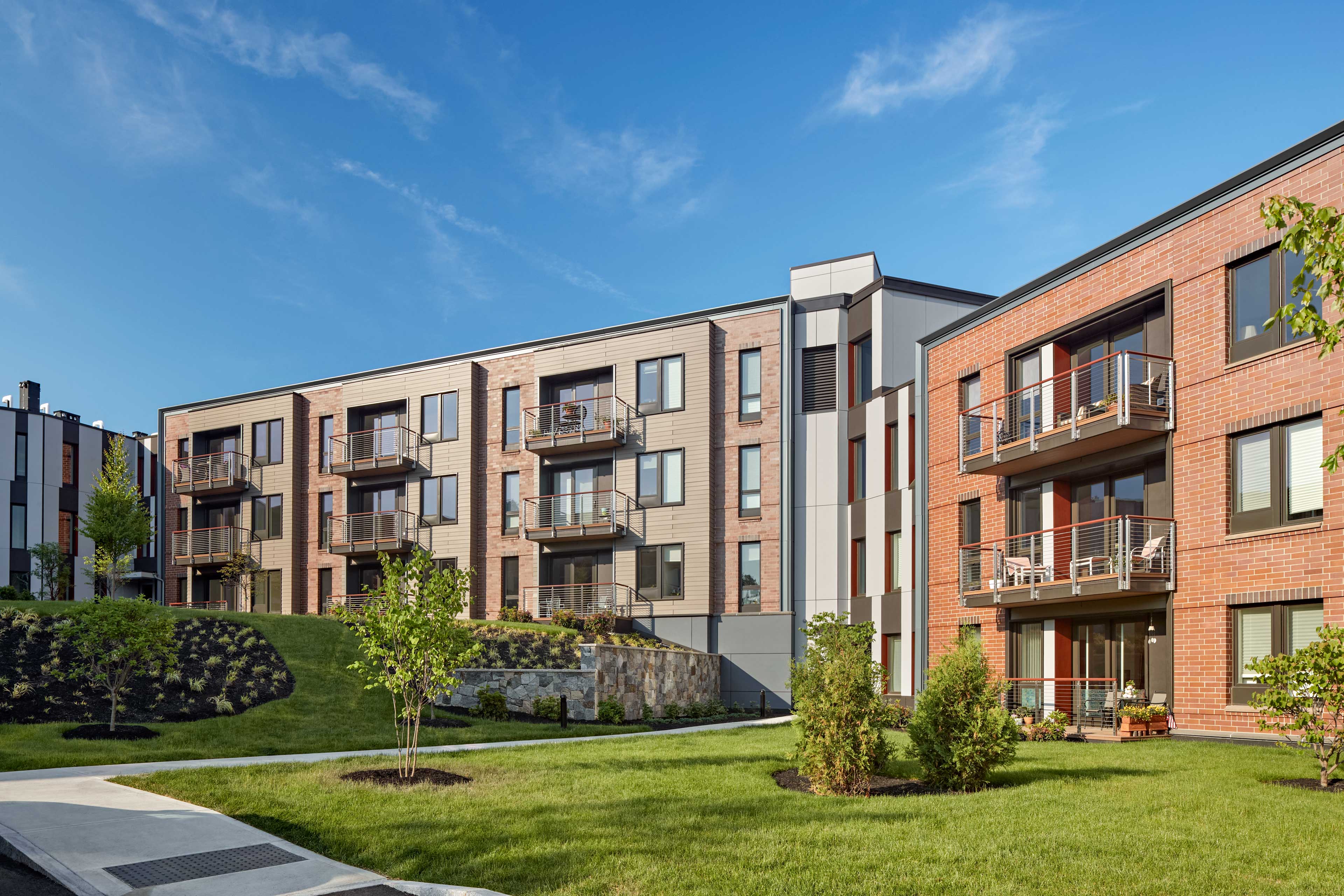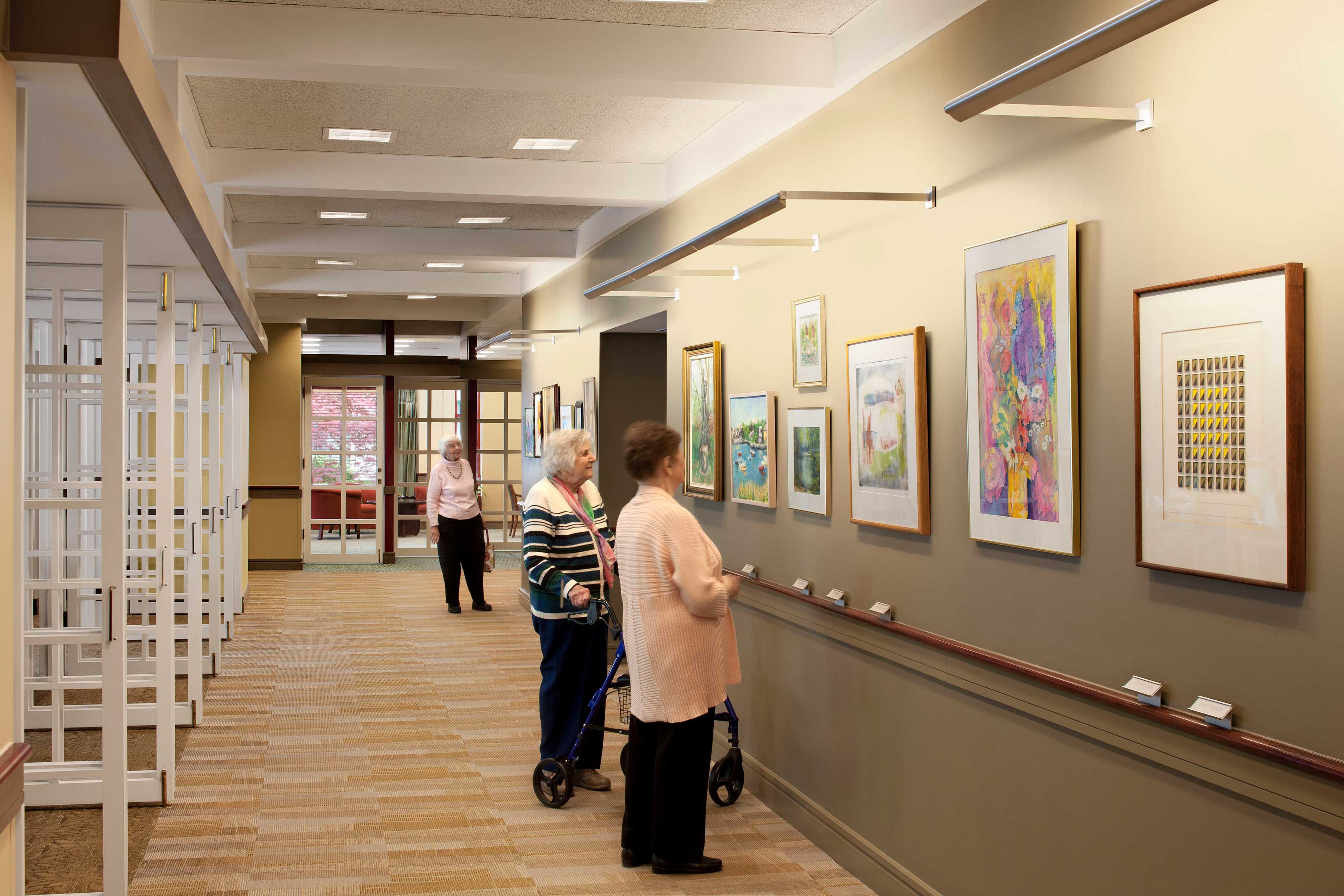Spotlight: Diane Dooley
Spotlight: Diane Dooley
As the first female principal named to the firm in 2002, Diane Dooley brings 30+ years of exceptional experience and a client-centric approach to projects across markets. Joining the firm, then Huygens and DiMella, in 1983, Diane has since lent her expertise on countless award-winning Senior Living projects including the Leonard Florence Center for Living and Tockwotton on the Waterfront. She currently serves as the co-chair of the Boston Society of Architects’ Design for Aging Committee.
Wrapping up March as Women’s History Month, we profiled her to discuss her career, inspiration, and advice.
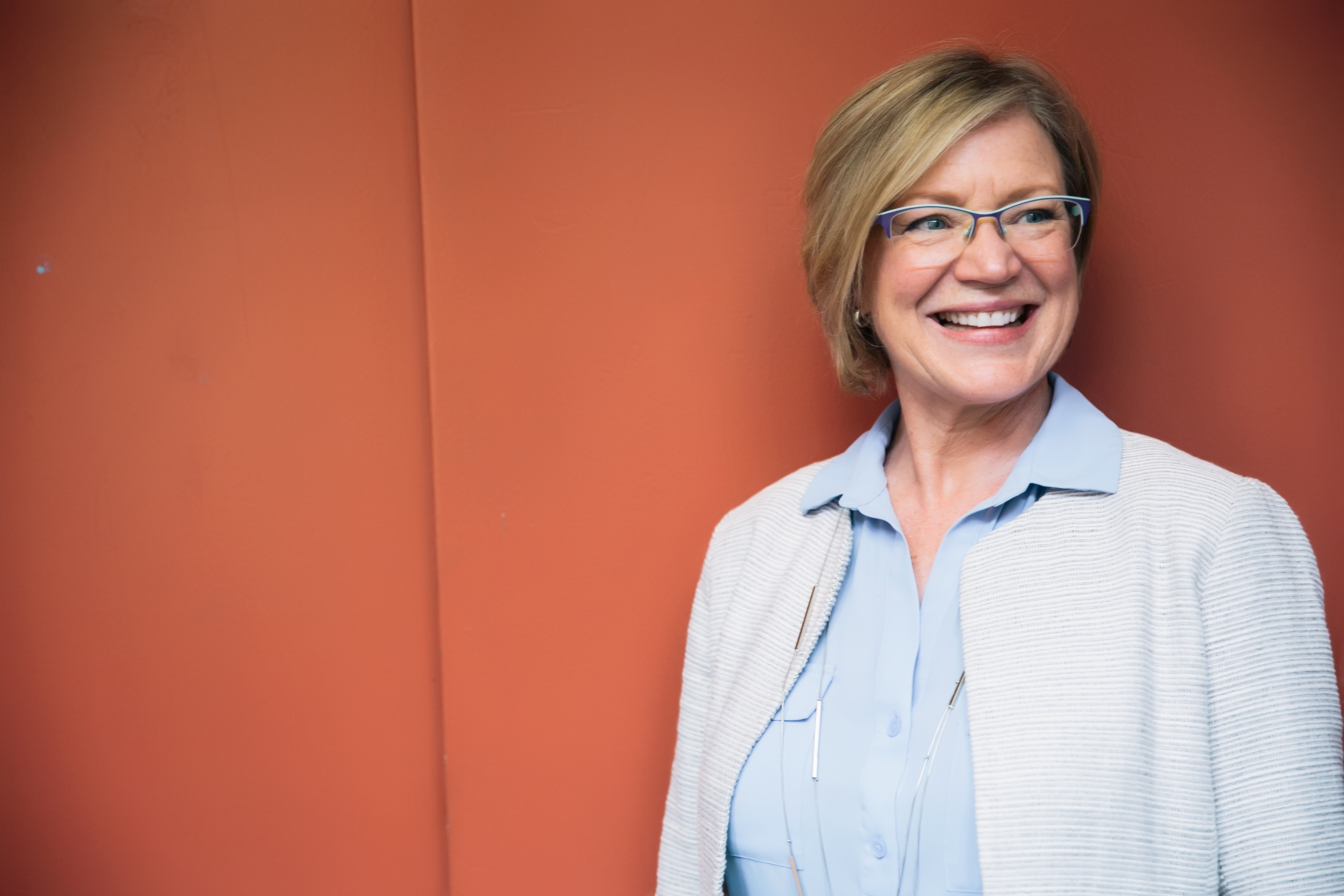
Why did you choose to pursue Architecture?
As an independent career woman in the 1960’s, my Mother played an important role in my consideration of the architectural field by suggesting at a young age that the architecture aligned with my interests in both art and science. My instincts were confirmed in high school when a Kuder Career Assessment test recommended Architecture as a good aptitude fit …if I was a boy. (Or teaching Art if I was a girl!) With those seeds planted, it was as an exchange student in Finland where I was exposed to the work of Eliel and Eero Saarinen and Alvar Aalto that I fell in love with Architecture and decided to pursue it further.
Did you have a mentor? How did he/she help guide you?
Anna Campbell Bliss was the first female architect I ever knew and a brilliant artist. Anna’s husband, Bob Bliss, was the dean of the Architecture school I attended and together they were partners in their own architecture and design firm. Anna made it her mission to mentor the female students in the school of architecture, all six of us. She would often invite us to her studio to talk about design and architecture and give insights into the profession as a rare female in the field at that time. Her life and work were an inspiration to me as a budding architect.
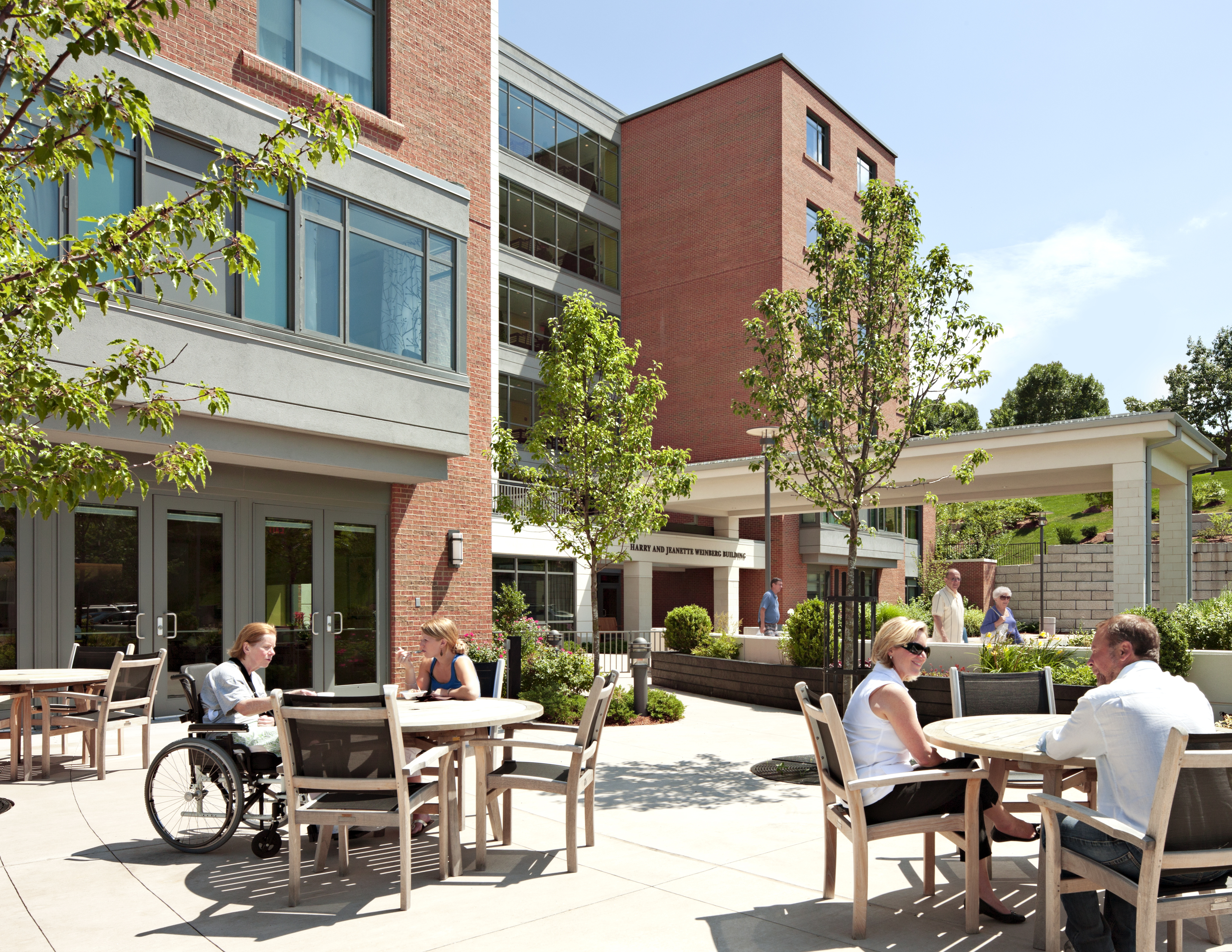
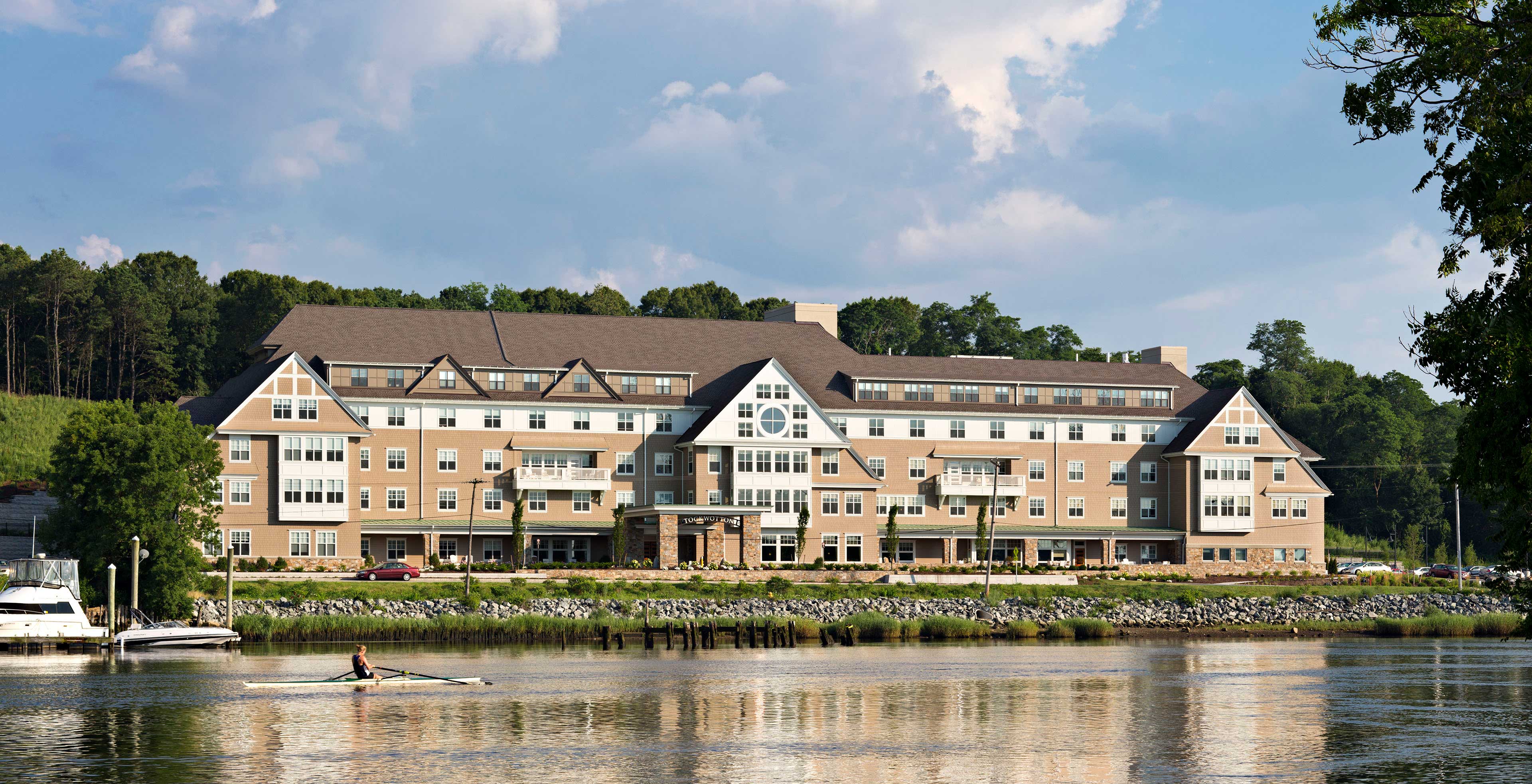
What has been the greatest obstacle in your career?
I don’t really think in terms of obstacles, but there have been realities along my career path, as a female in a male-dominated field, having to do with pre-conceptions about my ability to perform the work of an architect. This was most obvious in graduate studies at my university where I was one of three graduating women in my class and during the early years of my career on the construction site. It took a while to be recognized as the person with the answers at the job site.
When I moved to Massachusetts in 1983, Boston was just coming out of a recession that had prevented me and many of my classmates from finding jobs. I was fortunate to find work at the firm then known as Huygens and DiMella - Shaffer was added to the firm’s name shortly thereafter. Over the years Rem Huygens, Frank DiMella, and Peter Shaffer each played a significant role in my development and understanding of the architectural profession, for which I am eternally grateful. With experience and a lot of hard work, opportunities presented themselves along the way.
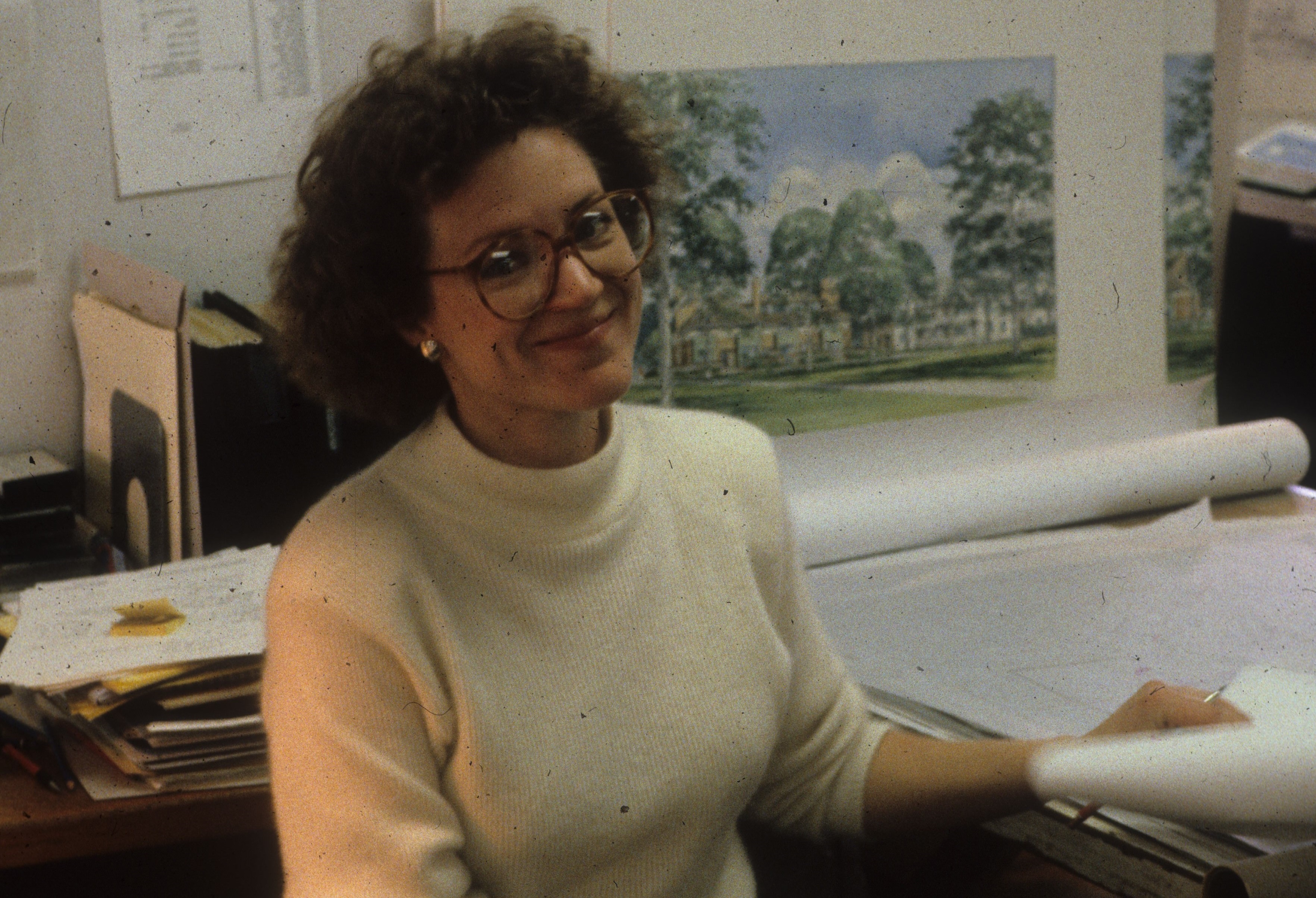
What is the greatest challenge for women in the A/E/C industry today?
Women make up around 40% of current architectural graduates but comprise less than 20% of licensed architects. Part of that disparity has to do with the relatively recent entry of large numbers of women into the profession, but it is not coincidental that at the point in one’s career when licensure is frequently obtained, around seven years after graduation, is also often the time when the work-life balance comes into play for women starting families. The challenges of balancing the demands of the profession with having children and raising a family are significant. I know, from my own experience of having three daughters just at the point when my career was taking off, how critical it is to develop a support structure to make it work. I see the women in our firm now who are doing really well at making that balance work, and remember just how hard it was.
Why do you think it is important to have gender equality in the Architecture field?
For the same reason gender equality is important in society as a whole - Women make up over 50% of the population. To miss out on women’s potential contributions to the field is a loss of energy, inspiration, creativity, and productivity.
How can women support other women within Architecture?
A great example of this began in our office when a group of women decided to organize a monthly brown bag lunch program. At each meeting, a different person presents a topic for discussion by the group, sometimes based on a newspaper article, a TED talk, a professional experience, etc. It is a terrific way for women at all levels in the firm to exchange ideas and experience and get to know each other outside of the normal project based interaction.
How can firms show better support for its female employees?
A firm should consider how it can support employees, by providing opportunity, acknowledging talent and dedication, rewarding success and providing a culture that allows all employees to maintain a balance between work and life.
Top 3 pieces of advice for aspiring female architects hoping to gain leadership roles in the A/E/C industry?
- Speak up / step up.
- Work hard.
- Ask questions! Learn from the experience of those who have been there before you.

